Could Walt Whitman’s Brooklyn Home Become a Landmark?
20171025
By: Susan de Vries
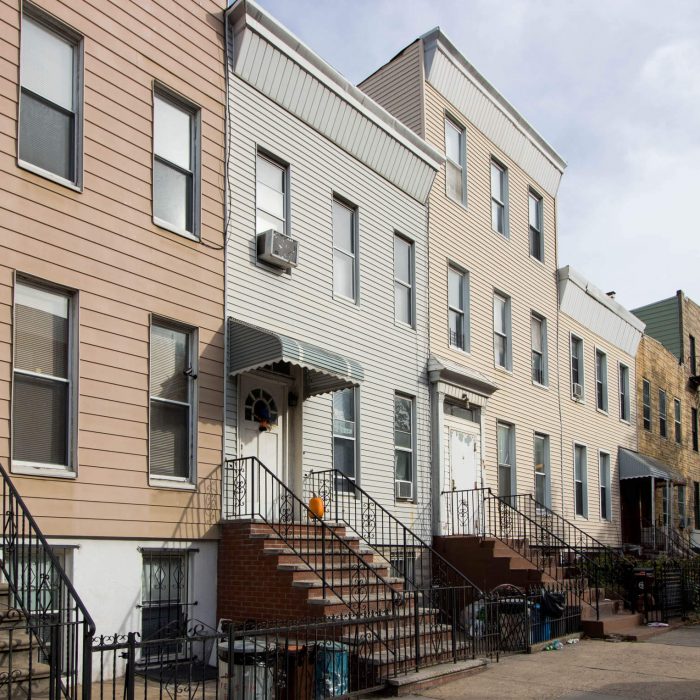
One of America’s most influential 19th century poets, Walt Whitman was a Brooklynite for 28 years and through many changes in career — printer, journalist, teacher. But few physical reminders of his time in the borough remain.
One home connected to Whitman, 99 Ryerson Street in Wallabout, is where he self-published Leaves of Grass, now considered a masterwork of American literature. The modest wood-frame house is not a New York City landmark nor within a local historic district, and one Brooklyn resident is hoping to change that.
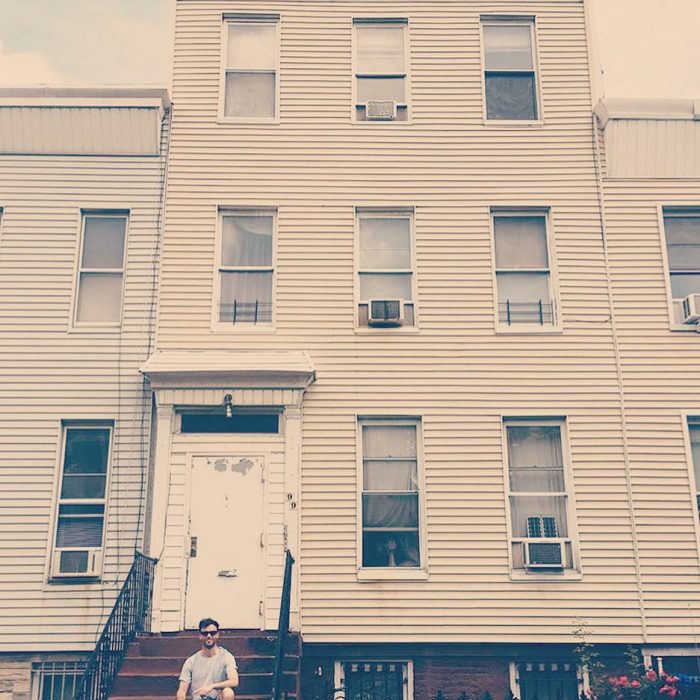
Brad Vogel, lawyer, poet and preservationist, was surprised to learn from the NYC LGBT Historic Sites Project that Whitman’s home was not already a local landmark. Vogel recently submitting a formal Request For Evaluation (RFE) to the Landmarks Commission to move forward a discussion about the cultural and historic significance of the house.
The simple RFE form offers the general public a way to submit an individual, interior or scenic landmark for consideration — all submissions must be 30 years or older and not already designated within a historic district.
In urging Landmarks to consider the property, Vogel asked that the building not be evaluated on architectural grounds alone or considered with a “rigid adherence to a pristine-architecure-only landmarking mindset.” Indeed, the house, like many pre-Civil War structures in Brooklyn, has been altered over time.
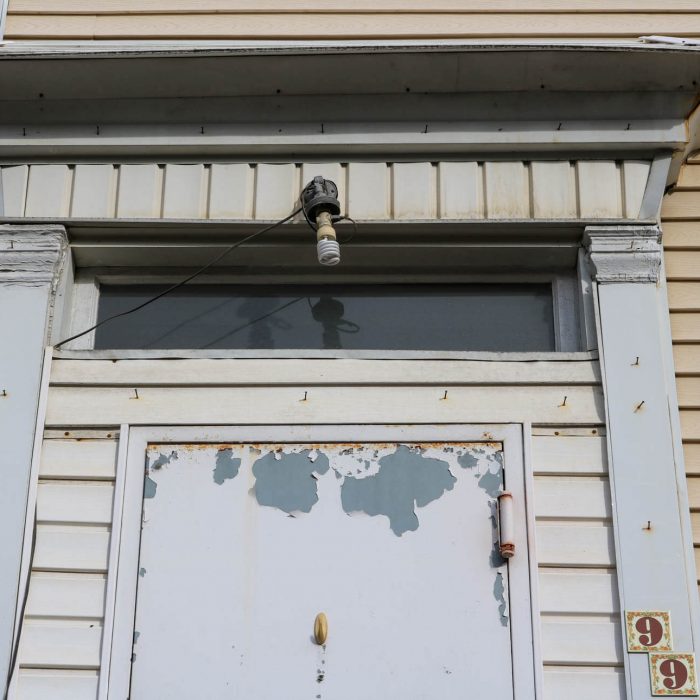
Now covered with vinyl siding, most of the — likely modest — architectural details the building once had are hidden from view. The exact date of construction is unknown, but it was Whitman’s home in 1855 when he published the first version of Leaves of Grass. Whitman continued to revise the work until his death in 1892.
As Brownstoner columnist and preservationist Suzanne Spellen argued in writing about the house, “what makes it special among all the other covered-up, remuddled pre-Civil War houses houses on this block is that it is the last remaining home of the great Brooklyn (and American) poet.” Whitman moved from the home in 1862 and left Brooklyn altogether in the 1870s.
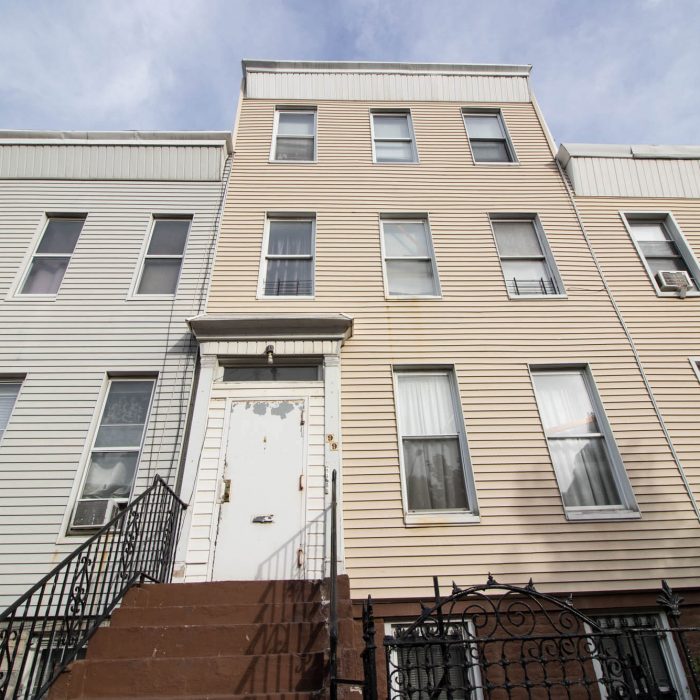
Vogel has reached out to other preservationists to weigh in on the matter. In a letter of support for Vogel’s RFE submission, the Historic Districts Council asked for serious consideration of the house for its “great cultural significance,” noting that while the house has been altered, “one cannot restore what is not there, and that is why it is imperative that this building remain standing.”
A few other memorials here honor Brooklyn’s poet. There is a plaque on the exterior of the Eagle Warehouse which was constructed on the original location of the Brooklyn Daily Eagle, where Whitman once worked.
His poem “Crossing Brooklyn Ferry” is inscribed along the railings of Fulton Ferry Landing and Walt Whitman Park is located off Cadman Plaza East in Downtown Brooklyn. Not far from Whitman’s house, the Walt Whitman Houses, a NYCHA development, bear the acclaimed author’s name.
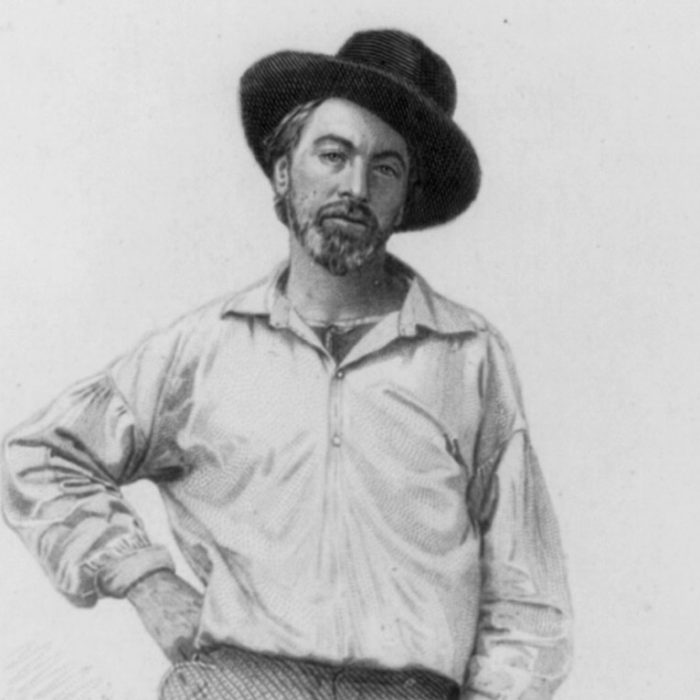
There is a historic sited dedicated to Whitman on Long Island. The small Huntington Station farmhouse where Whitman was born, in 1819, and where he lived until moving to Brooklyn at the age of four was saved in the 1950s and is now a state historic site.
While Landmarks considers the RFE, Vogel hopes the idea of preserving Whitman’s home will stir the imagination of New Yorkers and lead to more thorough scholarship about the house.
“We’re going to need to rely in large part on a groundswell of public outcry,” Vogel told Brownstoner. “Imagine if this building were demolished five years from now because we did not act: We would lose one of the city’s only remaining tangible links to Walt Whitman and one of America’s most celebrated literary works.”
All photos by Susan de Vries for Brownstoner, with exception of Instagram post by Brad Vogel (@bowerybird) and image of Walt Whitman circa 1854 (via Library of Congress).
Click here to read the article on Brownstoner.com.